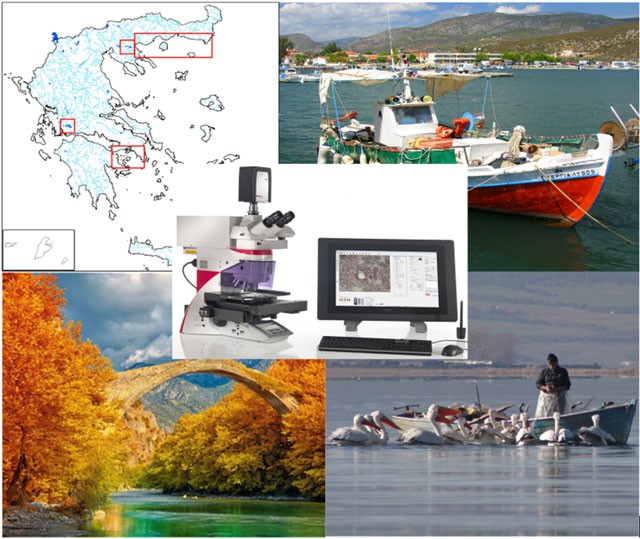Development of management tools for marine and freshwater ecosystems
The Institute of Marine Biological Resources and Inland Waters of the Hellenic Center for Marine Research (H.C.M.R.) undertook the implementation of the research project ANATHALLOI, financed by the Operational Program “Competitiveness, Entrepreneurship and Innovation” 2014-2020 and co-financed by the European Regional Development Fund. This is a project with a total budget of 800.000,00 € and duration of 48,5 months.
This is a project with a total budget of 800.000,00 € and duration of 36 months.
The modern and commonly accepted approach to fisheries management is ecosystem-based in accordance to fundamental EU Directives and Regulations. (e.g. Maritime Strategy, Common Fisheries Policy). The basis of this approach is that the management of a stock of aquatic organisms must take into account the wider ecosystem to which this stock belongs, so that each management measure can – as far as possible – be controlled for its effectiveness through its effects of the stock on the environment and vice versa.
In this way, there is benefit derived from the greater precision and effectiveness of the proposed management measures and at the same time, this approach creates the basis for assessing the effects of measures on other components of the ecosystem. The project ANATHALLOI intends to exploit and use data from previous important fisheries and environmental research and/or operational projects for the collection and evaluation of information concerning the marine and fresh water resources of Greece, in compliance with EU Directives and Regulations, through the development of ecosystem models in four lake and marine areas of interest (Trihonida and Volvi Lakes, Saronic Gulf and Thracian Sea/Strymonikos Gulf) using cutting edge methodologies and tools of the fisheries science.
More specifically, the aim and expected outcome of the project is to upgrade existing ecosystem models in two areas (Thracian Sea/Strymonikos Gulf and Volvi Lake) and to develop new models for two additional areas (Saronic Gulf and Lake Trichonida).
